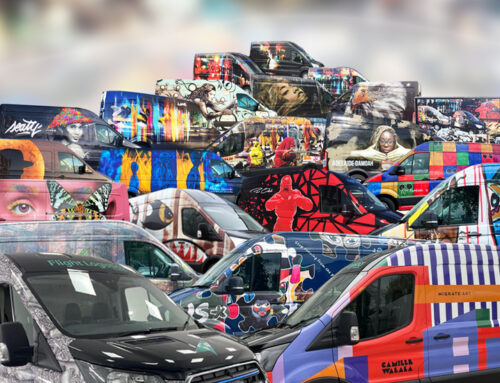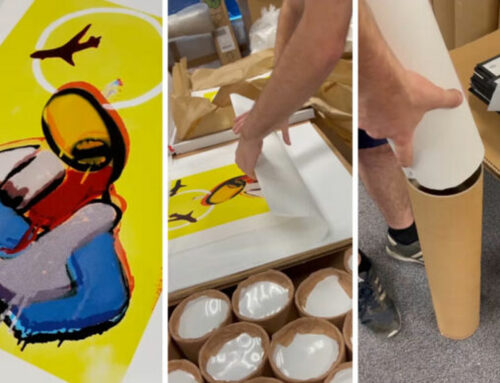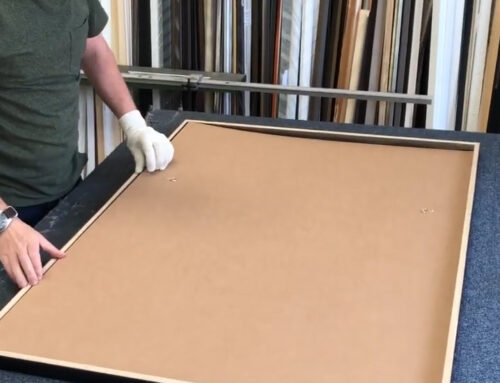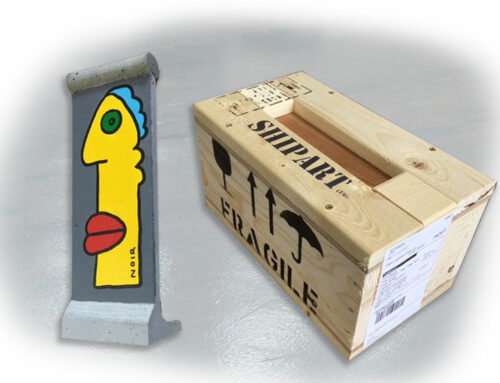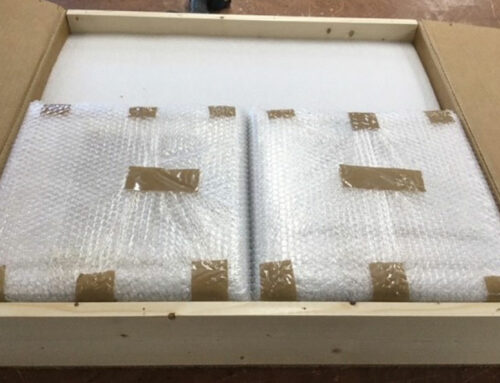…
Staff at Flight Logistics-ShipArtTM know that for some, shipping artwork can be stressful especially if they’re relatively new to it. However, the more you know about shipping art, the more at ease you’ll be. So, we’ve put together a short list of essential facts to help.
1. Find a suitable supplier
Obvious enough, but it’s vital that you find a company that offers specialist art handling services as they have appropriate fragile solutions, UK & global partners and knowledge of related customs requirements.
CLICK HERE to read about Flight Logistics-ShipArtTM art handling services
2. Appropriate Packing
There’s more to packing art than just keeping the contents safe. Customs officials will look at the packaging and assess if its secure enough for the journey and if it meets global shipping rules by displaying the correct stamps relating to the contents – for example any hazardous substance codes, or that the packaging is constructed from heat treated wood. Insurance providers will rescind or refuse insurance cover if they packaging consider packaging is inadequate, and they will require photographic evidence of packaging before offering cover.
The safest ways to comply with the above are to either follow the methods outlined in our self-packing guide or involve Flight Logistics-ShipArt™ and have your art professionally packed. It’s not as expensive as you might think.
3. Customs/Paperwork
Be sure to prepare all the necessary declarations specific for the country that your art is destined for. If you’re not sure, check with your shipping company, don’t wait until it’s held up in customs to find out you’re missing something vital or you’ve filled something out incorrectly.
Paperwork can include transport documents, commercial invoices, pro-forma invoices, documentary proof of origin, customs value declarations etc.
4. EORI
If you’re an artist who sells and ships artwork internationally, and you’re based inside the EU, you need an EORI number to ship your artwork to countries outside the EU. If you’re based outside the EU you need an EORI number to trade with countries inside the EU.
5. Temporary exports (Carnets)
A Carnet is an international customs document that permits you to temporarily export, import and return your artwork and accessories for fairs, exhibitions, displays or loans. The document simplifies the process which is especially useful if the goods are entering multiple countries. Not using a Carnet will mean going through lengthy customs procedures per country which could waste both time and money.
If your artwork is coming back it needs to travel under carnet to avoid paying Import Duty and Tax (such as VAT or GST) on return and protect your shipment from delays at borders.
CLICK HERE for more information.
6. Insurance
Accidents can and do happen so it’s better to be safe than sorry. Depending on the artwork’s value, we highly recommend that you arrange insurance to cover your goods. Flight can help with bespoke artwork insurance through their insurance partner. Most carriers (including Flight Logistics) have a standard low level of insurance included automatically within their standard terms and conditions of carriage, but beware, in most cases this may not be suitable for the value of your artwork as it is a low level standard weight related level of cover.
CLICK HERE for Flight’s insurance terms and conditions.
7. Communications and customer support
Make sure that the company shipping your art has a dedicated customer support team. Every Flight Logistics-ShipArtTM consignment is managed and tracked by our staff from initial enquiry through packing to final delivery. Both shipper and consignee are updated at each stage of the movement to completion.
If you have a shipment coming up, let us help. Use the contact form below to provide initial information and we’ll get back to you immediately.




